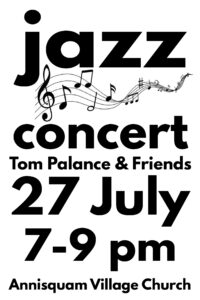 Tom Palance & Friends will perform on Saturday, July 27 @ 7 p.m. at the Annisquam Village Church.
Tom Palance & Friends will perform on Saturday, July 27 @ 7 p.m. at the Annisquam Village Church.
This popular quintet is led by veteran trumpeter Tom Palance, who has performed for five U.S. presidents and shared the stage with Clark Terry, Arturo Sandoval, Doc Severinsen and other celebrated artists. He will be joined by two-time Grammy Nominee Mark Earley on saxophone, percussionist Jim Latinni, the keyboard wizardry of Jack Senier, and Gloucester’s own David Sag, bass & vocals.
These seasoned performers play regularly around the North Shore and never disappoint. Their music includes both classic and contemporary jazz standards, blues, and popular songs — all with the quintet’s unique twist. This will be their first appearance at the acoustically superb AVC. Don’t miss this special evening of cool music!
$35 suggested at the door.
Handicap accessible both through the front doors and the Leonard Street door. Parking on Washington Street in front of the church. Carpooling is suggested where possible.
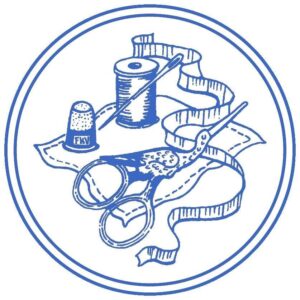
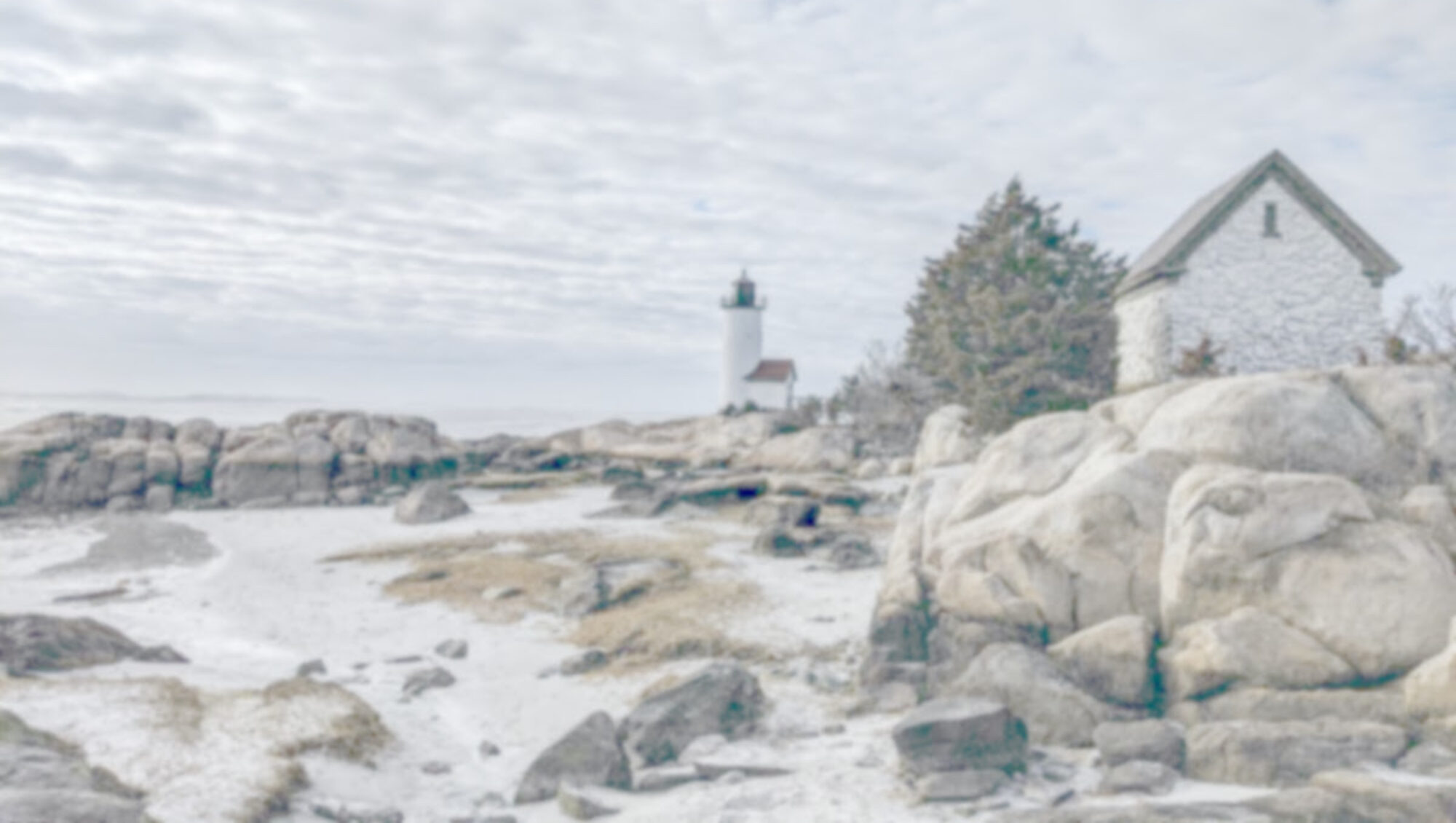
 Tom Palance & Friends will perform on Saturday, July 27 @ 7 p.m. at the Annisquam Village Church.
Tom Palance & Friends will perform on Saturday, July 27 @ 7 p.m. at the Annisquam Village Church.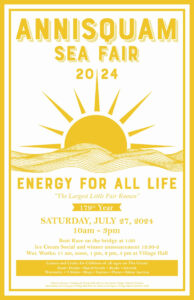

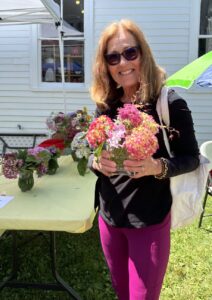
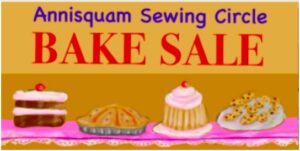
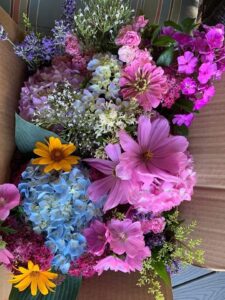
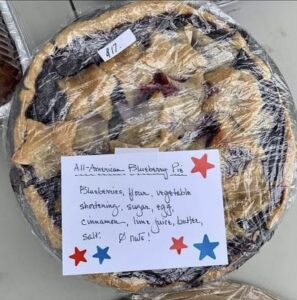
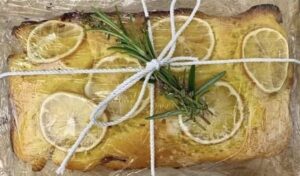
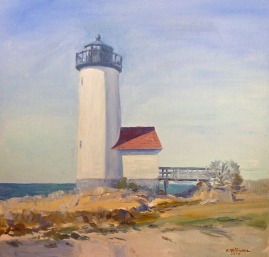
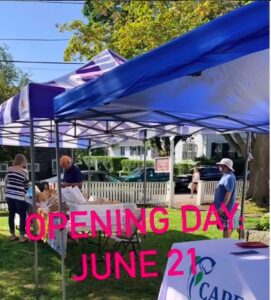 The Annisquam Farmers’ Market
The Annisquam Farmers’ Market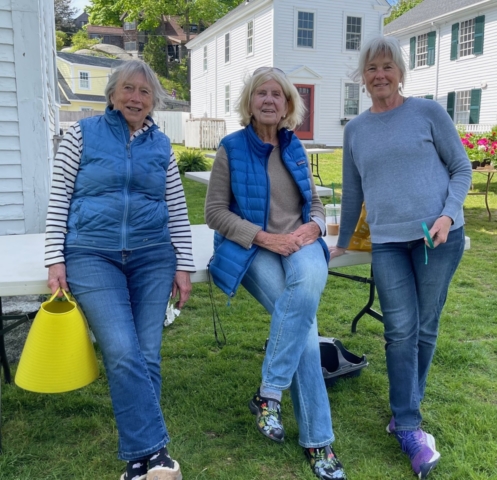
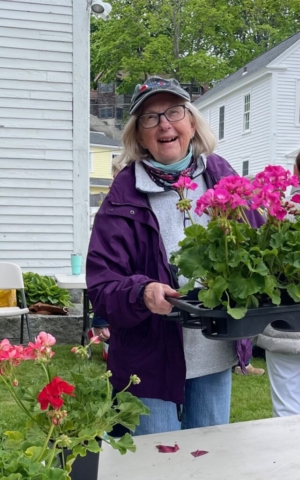
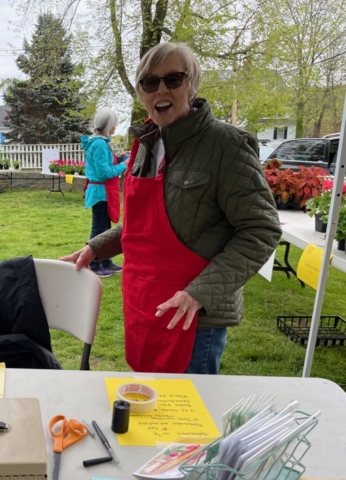
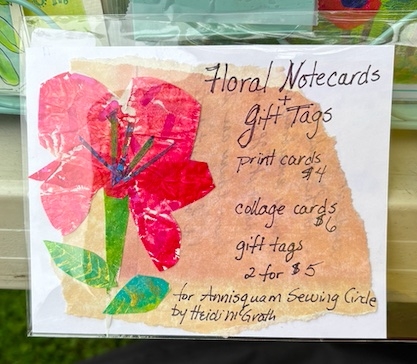
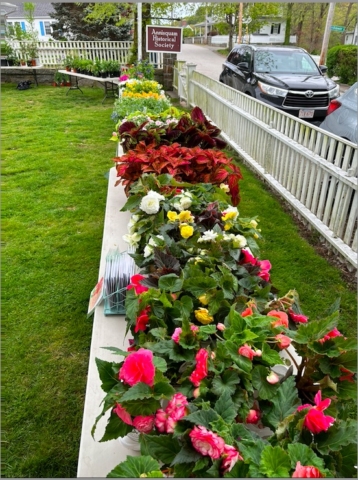
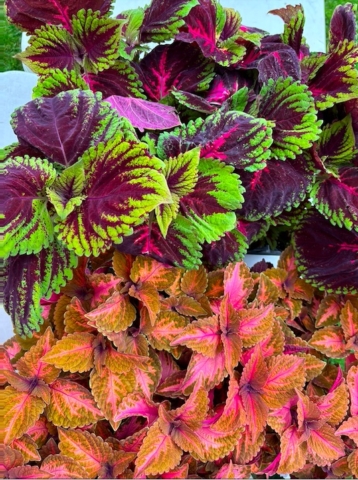
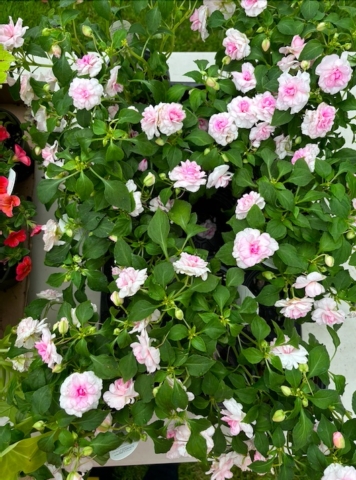
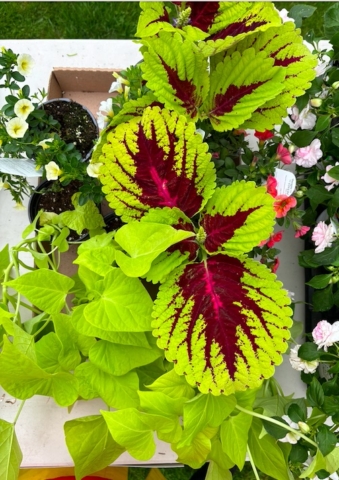
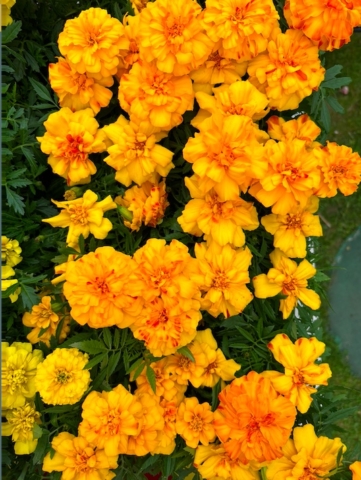


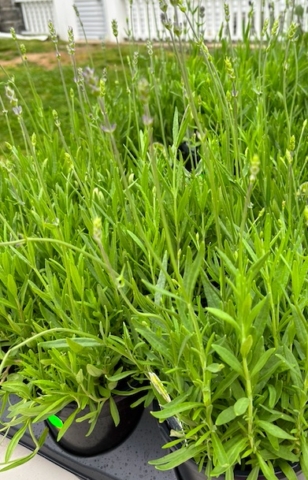
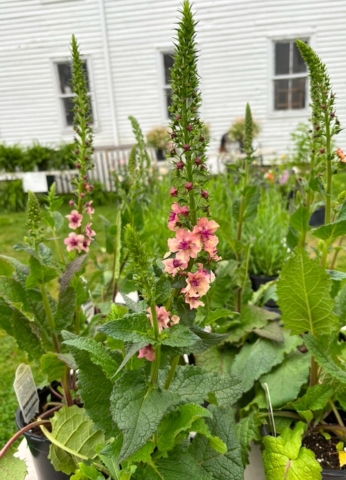
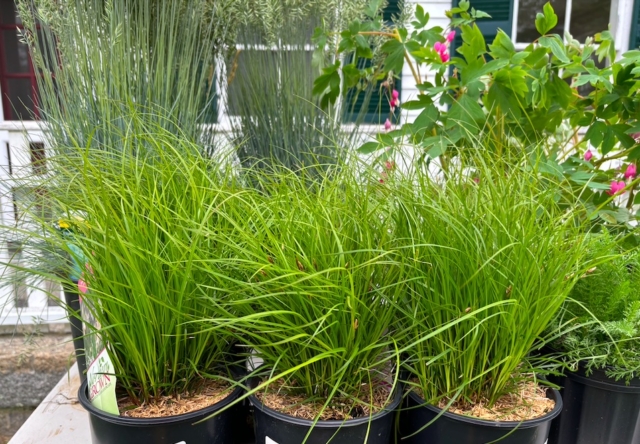
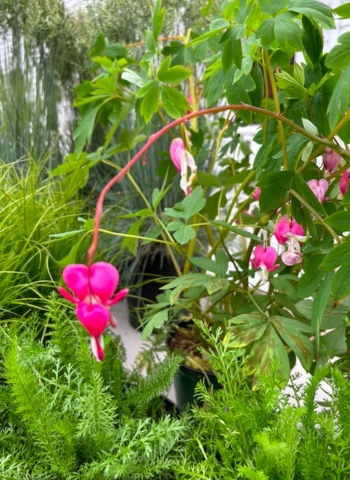
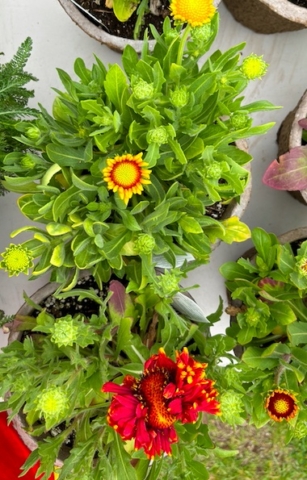
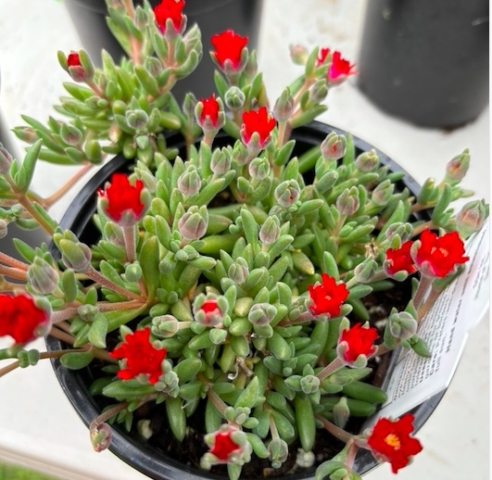
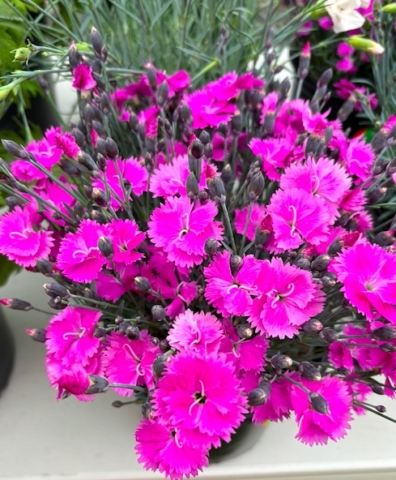
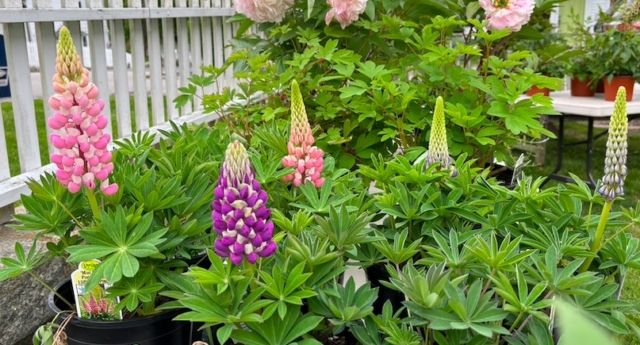
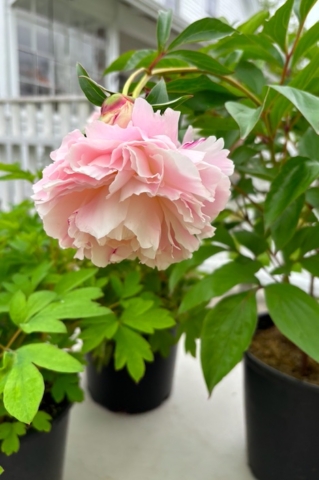
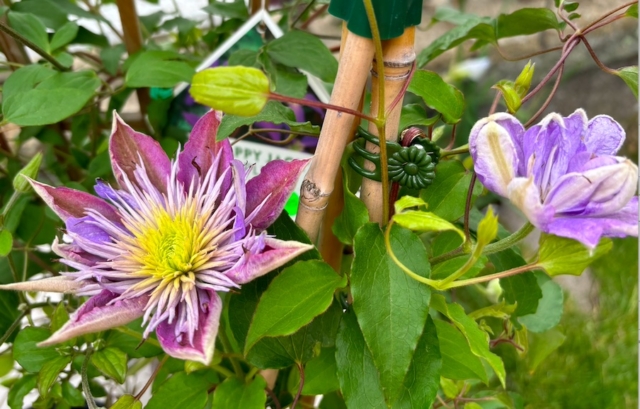
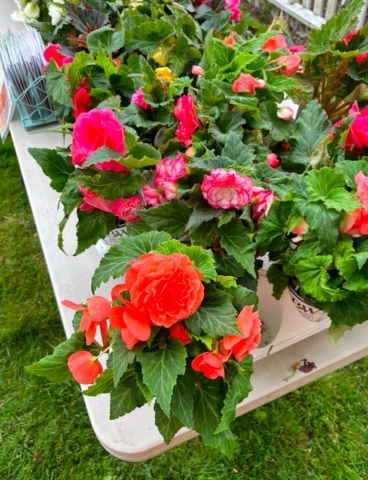
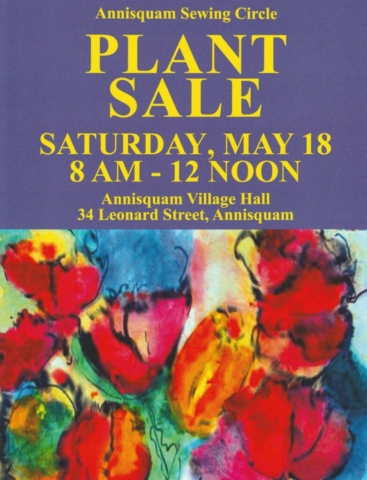
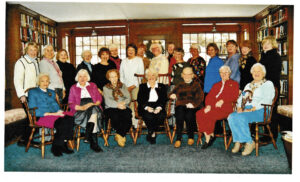 Photograph taken in the Village Library a number of years ago you will find Doris Rust near the center.
Photograph taken in the Village Library a number of years ago you will find Doris Rust near the center.